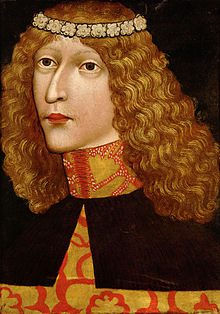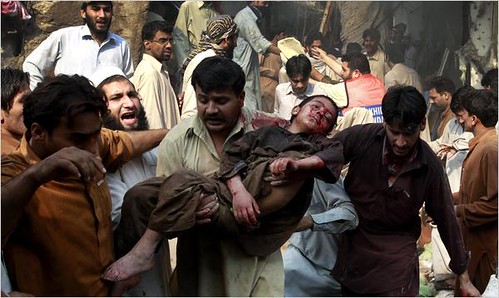Italian fascists led by Benito Mussolini march on Rome and take over the Italian government.
On October 28, 1922, Benito Mussolini and his Fascist Party staged the “March on Rome,” a significant event in Italian history that marked the beginning of Mussolini’s rise to power and the establishment of a Fascist regime in Italy.
Mussolini had been the leader of the National Fascist Party, which was a far-right political organization that advocated for authoritarian rule and the creation of a totalitarian state in Italy. In the early 1920s, Italy was experiencing significant social and political unrest, with strikes, demonstrations, and violence becoming increasingly common. Mussolini and his Blackshirt paramilitary squads took advantage of this chaos to push for power.
The March on Rome was not a violent coup but rather a show of strength and intimidation. Tens of thousands of Blackshirts gathered in various Italian cities and then converged on the capital, Rome, demanding that King Victor Emmanuel III appoint Mussolini as the Prime Minister. The king, facing pressure and fearing potential civil war, acquiesced to their demands and invited Mussolini to form a government.
On October 29, 1922, Mussolini was officially appointed as Prime Minister. This marked the beginning of the Fascist regime in Italy, which would become increasingly authoritarian and repressive over the years. Mussolini’s rule as Il Duce (The Leader) saw the suppression of political opposition, censorship of the media, and the gradual establishment of a totalitarian state. The Fascist regime under Mussolini remained in power until Italy’s defeat in World War II in 1943.
Mussolini’s rise to power and the establishment of Fascist rule in Italy had a significant impact not only on Italy but also on the course of world history, as Italy eventually aligned itself with Nazi Germany and Imperial Japan in the Axis Powers during World War II. Mussolini’s rule came to an end in 1943, when he was arrested and imprisoned. His legacy remains highly controversial, with some regarding him as a nationalistic hero and others as a brutal dictator.



